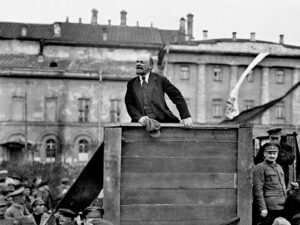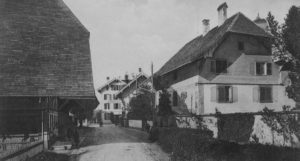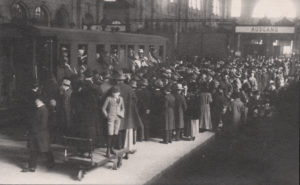
Universitätsbibliothek Basel, Handschriften und Alte Drucke, NL 340 Platten, Fritz N.
By train to the revolution
On April 9. 1917, Lenin and 30 other passengers boarded a train in Zurich destined for St. Petersburg.
When the February revolution broke out in Russia on 23 February 1917 (8 March by today’s calendar), Lenin was an exile in Switzerland living at Spiegelgasse 14, Zurich. It was Lenin’s moment of truth – the time had come for him to put his theories into practice. In order to do this he needed to return to Russia as quickly as possible. The Swiss social democrat Robert Grimm negotiated with the German government to grant Lenin passage through Germany for the journey back to Russia. Thanks to the organisational efforts of Lenin’s confidant Fritz Platten, Lenin was able to leave Zurich on a train bound for St. Petersburg on 9 April 1917. The Bolsheviks later disputed that the German government had helped in organising the trip – Lenin was not a German spy, despite rumours to the contrary.
How was such a journey possible amidst the tumult of the First World War? The Entente Powers refused passage to supporters of revolutionary groups that were in favour of immediate peace. The Russian revolutionaries therefore had to seek passage through the enemy territory of the Central Powers. The German government hoped that the revolutionaries would succeed in realising one of the revolution’s key goals: a declaration of immediate peace and, thus, Russia’s withdrawal from the war.
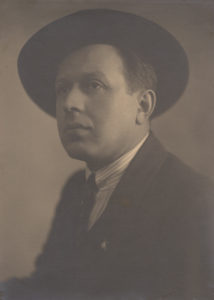
Fritz Platten (1883–1942), a social democrat and later communist, organised Lenin’s return to St. Petersburg. University Library, Basel.
Farewell to comrades
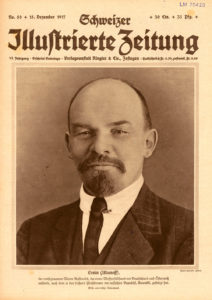
Lenin featured on the cover of the Schweizer Illustrierte Zeitung, no. 50, 15 December 1917.
On 9 April 1917, Lenin boarded a train at Zurich’s main railway station along with about 30 others, including Nadezhda Krupskaya, Karl Radek and Gregory Zinoviev. Their departure to St. Petersburg was accompanied by tumultuous scenes on the train platform as clashes broke out between supporters and opponents of the revolutionaries. Before the train left the station, Lenin read a good-bye letter out loud and wished fellow workers in Switzerland well. It is said that the train was sealed for the trip, but this is only one of the many myths that surround Lenin to this day. A line drawn in chalk expressed the extra-territorial character of the train’s interior; there were no passport controls and no one was allowed to embark or disembark the train during the journey. Other than in the émigré communities, Lenin’s departure met with no interest from the general public in Switzerland. Only after the October revolution did Lenin’s importance become apparent, and on 15 December 1917 his portrait was featured on the cover of the Schweizer Illustrierte Zeitung.

